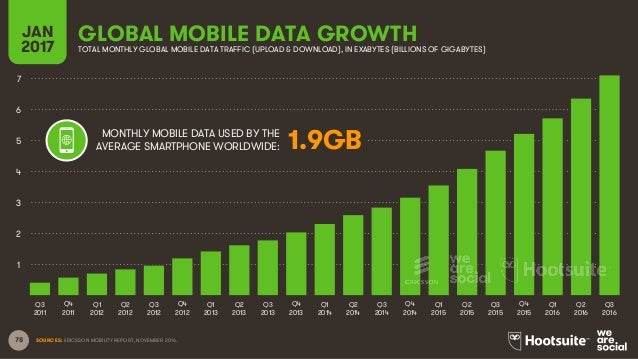Physical Web
Amikom @2017
@DyanGalih
Who am i?
IT Enthusiast, Cloud and Mobile Security Enthusiast, Public speaker
A Simple Person Who Love Code, Share Knowledge and Always Learning about Java, PHP, DevOps, Android, Javascript, mobile and webapps security.

What is Physical Web?
The Physical Web is an open approach to enable quick and seamless interactions with physical objects and locations
Why Web?

Why Web?

Why Online?

What You Need To Prepare?
- BLE(Bluetooth Low Energy) - Beacon
- URL
How does this work?
The Physical Web enables you to see a list of URLs being broadcast by objects in the environment around you. Any object can be embedded with a Bluetooth Low Energy (BLE) beacon, which is a low powered, battery efficient device that broadcasts content over bluetooth. Beacons that support the Eddystone protocol specification can broadcast URLs.
What is Beacon?
A beacon is a small Bluetooth radio transmitter.
It’s kind of like a lighthouse: it repeatedly transmits a single signal that other devices can see. Instead of emitting visible light, though, it broadcasts a radio signal that is made up of a combination of letters and numbers transmitted on a regular interval of approximately 1/10th of a second. A Bluetooth-equipped device like a smartphone can “see” a beacon once it’s in range, much like sailors looking for a lighthouse to know where they are.
Deploying beacons
- 1 Beacon, 1 Url
- broadcast a single web page associated with a particular location or object
- Many beacons, 1 URL
- multiple beacons could be used at a conference to broadcast a link to the schedule.
- Many beacons, many URLs
- associate unique URLs with different locations in some space like each exhibit at a museum
iBeacon
iBeacon is a protocol developed by Apple and introduced at the Apple Worldwide Developers Conference in 2013. Various vendors have since made iBeacon-compatible hardware transmitters – typically called beacons – a class of Bluetooth low energy (BLE) devices that broadcast their identifier to nearby portable electronic devices. The technology enables smartphones, tablets and other devices to perform actions when in close proximity to an iBeacon
Eddystone
Eddystone is a protocol specification that defines a Bluetooth low energy (BLE) message format for proximity beacon messages. It describes several different frame types that may be used individually or in combinations to create beacons that can be used for a variety of applications. (Announced in April 2016)
How does a beacon communicate?
Beacon life prediction

What is a beacon used for?







Retail
Education
Culture
Events
Offices
Hospitality
Airports
Lost Dog
Restaurant Buzzer
Parking Meter
Photo Wall
Photo Wall
Tiny Toy
Shelf Toy
What Web Can Do?



What Web Can Do?

